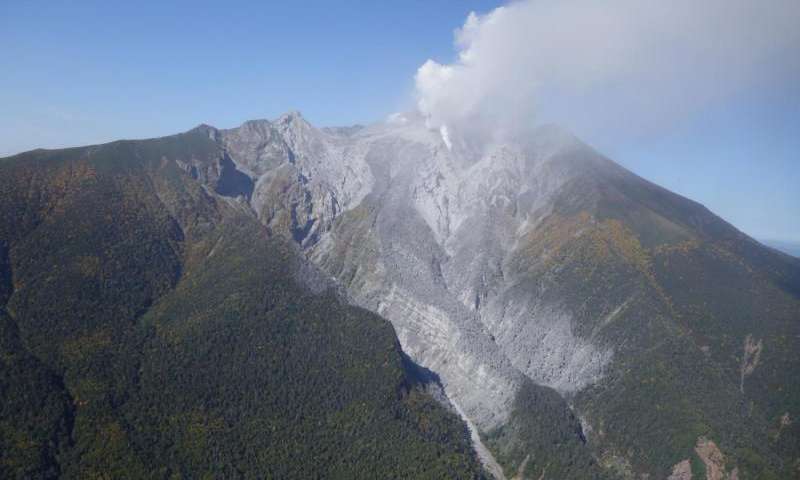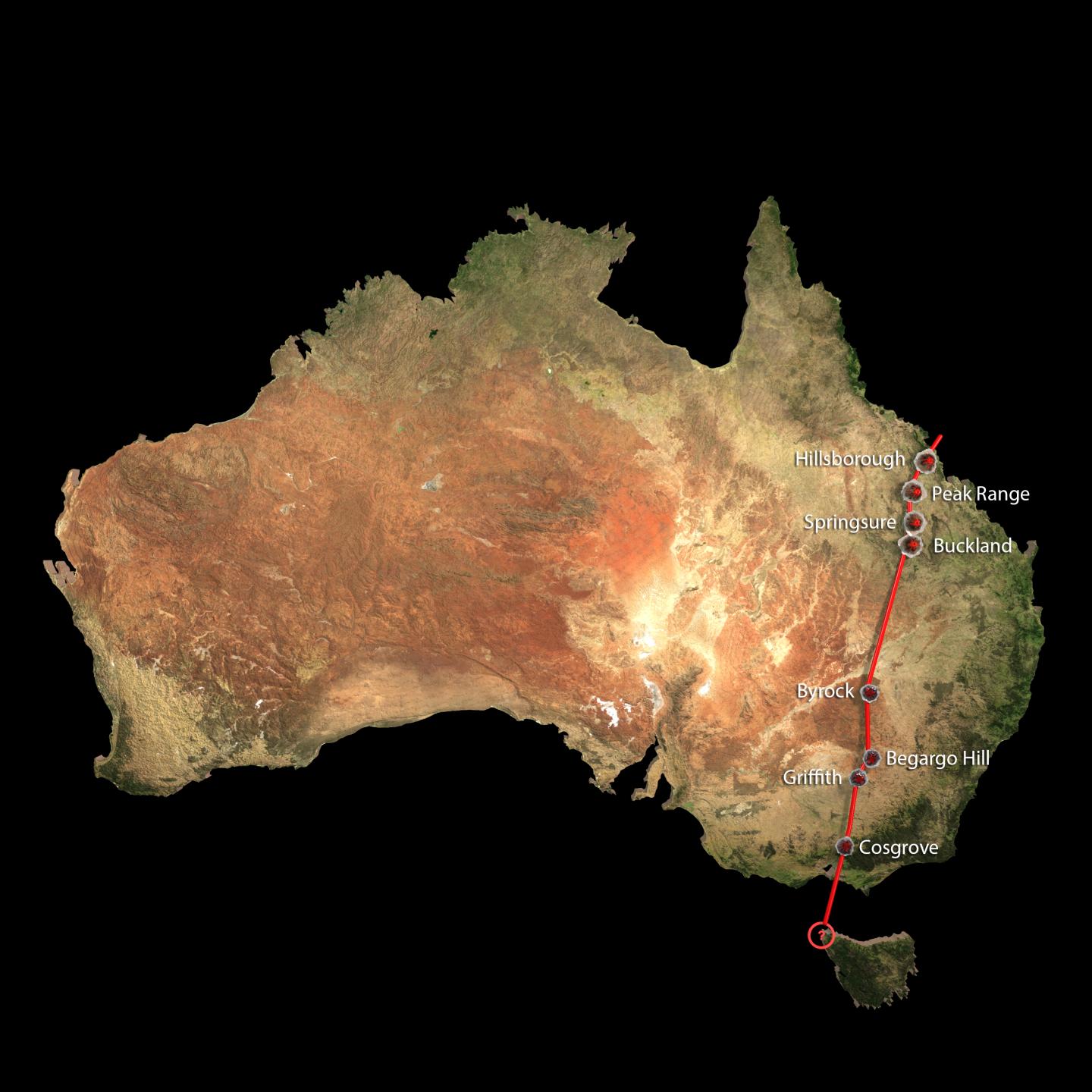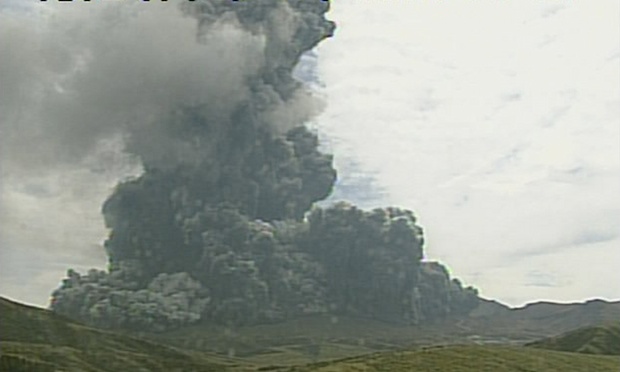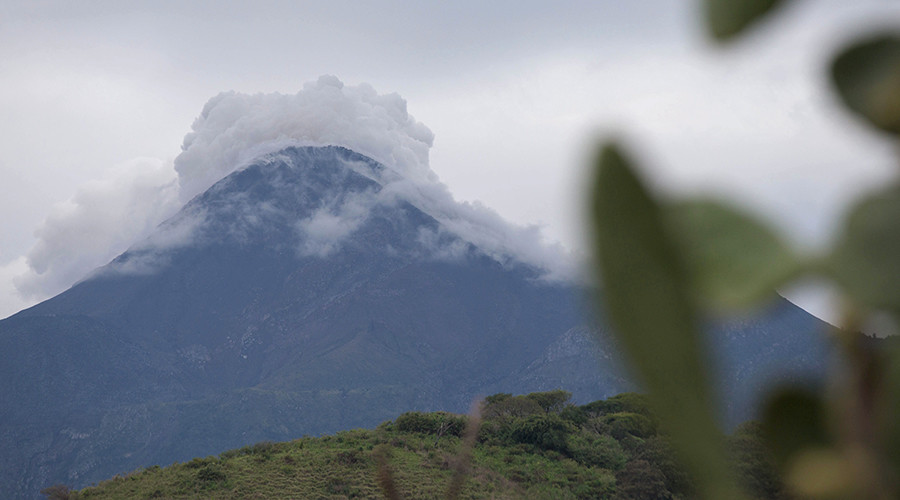
© Earthquake Research Institute, The University of TokyoMount Ontake is located 200 km west of Tokyo on the border of Gifu and Nagano Prefectures. This image shows the continued release of steam and gas from the volcano after the eruption.
University of Tokyo researchers discovered an increase in a helium isotope during a ten-year period before the 2014 Mount Ontake eruption in central Japan. The finding suggests that this
helium isotope anomaly is related to activation of the volcano's magma system and could be a valuable marker for long-term risk mitigation concerning volcanic eruption.
Small quantities of the isotope helium-3 are present in the mantle, while helium-4 is produced in the crust and mantle by radioactive decay. A higher ratio of helium-3 to helium-4 therefore
indicates that a sample of helium gas originates from the mantle rather than the crust. Previous research suggested that variation of helium isotopic ratios over time in crater fumaroles and hot springs correlates well with volcanic activity.
However, helium anomalies reported in these studies were all related to magmatic eruptions, and not to hydro-volcanic or phreatic eruptions, caused when a heat source such as magma vaporizes water to steam.
Because phreatic eruptions are highly local phenomena, they are extremely difficult to predict. Mount Ontake, which erupted unexpectedly on September 27, 2014 just before noon, is believed to have been a phreatic eruption, and resulted in 58 deaths with 5 still missing.




Comment: It's ridiculous for any government, small or large, to make laws banning people from wearing specific kinds of clothing. Soon we'll all be forced to wear one specific piece of attire for all occasions.